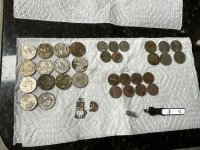RustyRelics
Gold Member
- Apr 5, 2019
- 5,910
- 32,383
- Detector(s) used
- Equinox 600/Ancient Whites MXT
- Primary Interest:
- Relic Hunting
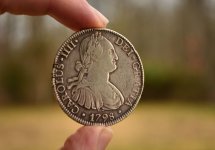
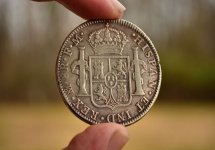
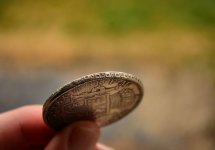
I've had my eye on this coin for a while, so I finally bit the bullet, went to my local antique shop and bought it. It's in fantastic condition, and man is it cool! It even has those "sour silver" marks on the face in places. This is my first Reale coin.
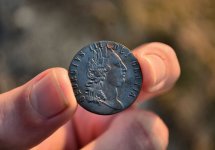
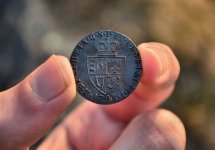
And here is another cool "coin" or token rather. It's a neat brass imitation of a period gold shilling, that was used as a game token back then.





